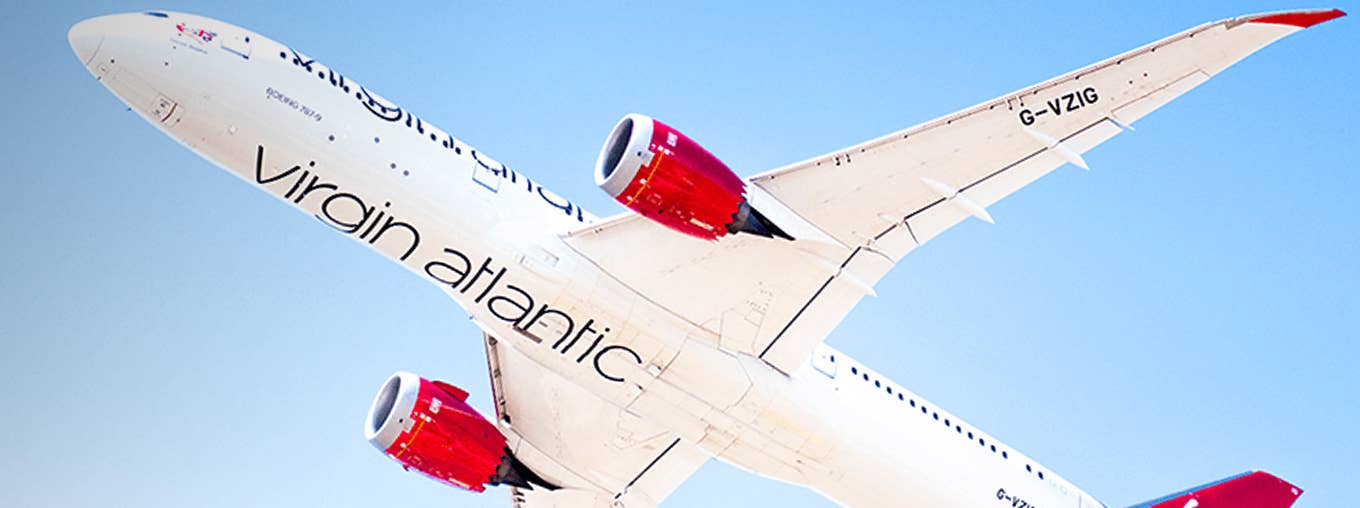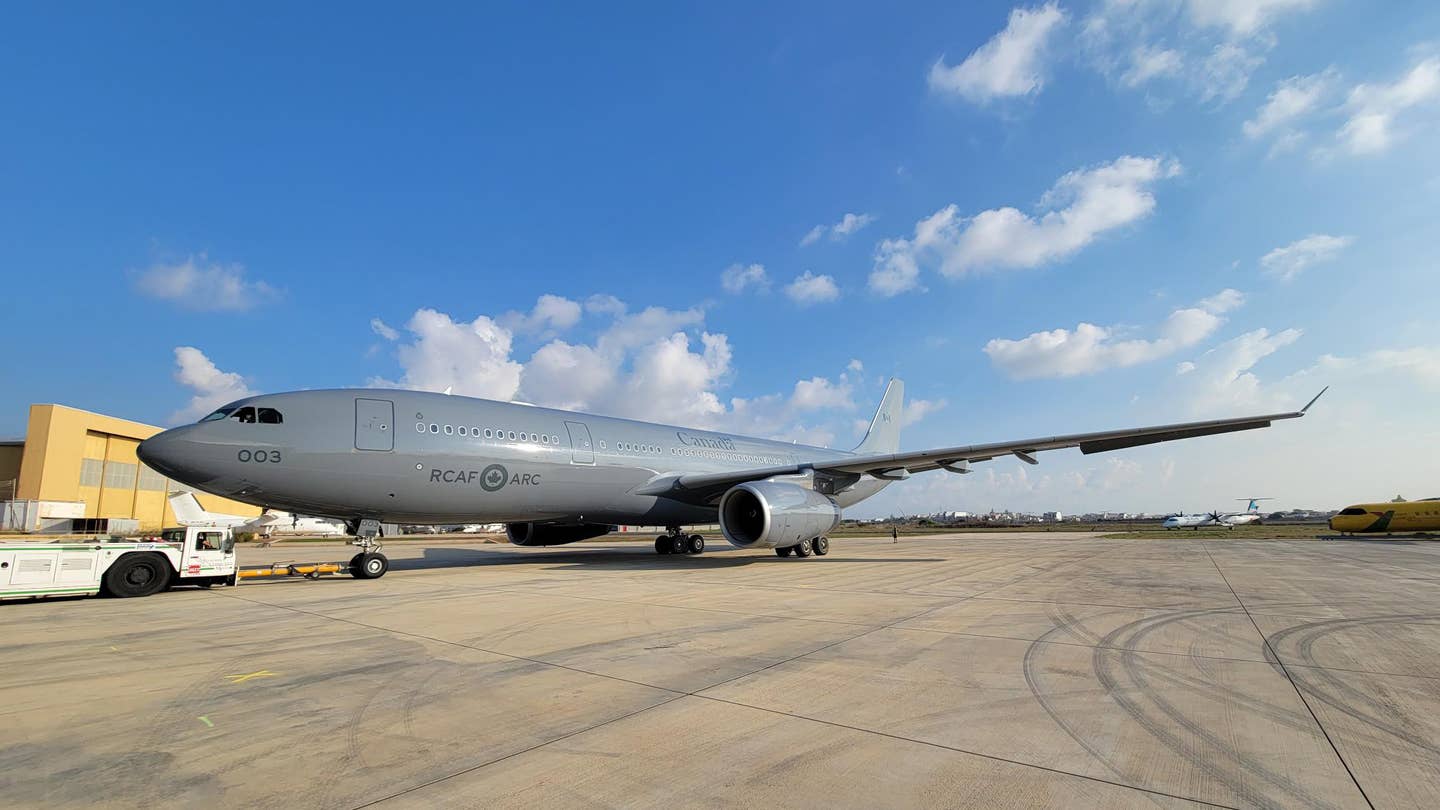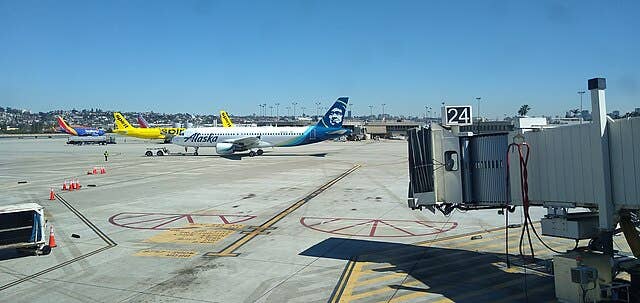Near-Historic Jet Streams Lead To Record Groundspeeds For Airliners
Near-historically-strong winds over the mid-Atlantic Saturday night caused a Virgin Atlantic Boeing 787 Dreamliner flight from Washington, D.C., to reach London 45 minutes early. As reported by multiple news outlets,…

Near-historically-strong winds over the mid-Atlantic Saturday night caused a Virgin Atlantic Boeing 787 Dreamliner flight from Washington, D.C., to reach London 45 minutes early. As reported by multiple news outlets, the National Weather Service (NWS) calculated the peak jet stream winds at approximately 265 mph for a maximum measured groundspeed of 802 mph. According to a National Public Radio report , the highest wind speed ever recorded by the NWS in the area was 267 mph on December 6, 2002.
The reports led to confusion among some readers as to whether a Dreamliner could, in fact, break the Mach 1 sound barrier. Of course, the 787’s airspeed (its maximum cruise is a fleet-best Mach 0.85) was no greater than normal. It was the added boost of near-record-high jet stream winds that pushed groundspeed to enable the speedy trip.
According to NPR, a United Airlines 787 departed from Newark, New Jersey, the same evening. It arrived in Lisbon, Portugal, 20 minutes ahead of schedule, having clocked a peak groundspeed or 838 mph, according to FlightAware data.
In an article published by the Washington Post, though there are no official records kept for recorded groundspeeds, the UAL flight and a China Airlines flight last month that clocked a peak 826 mph groundspeed are among the highest known peak groundspeeds for commercial airliners.






